Now everyone is easily attracted by some eye-catching projects, such as hotels, offices, and other commercial projects, as well as the lighting of the night travel economy. But in fact, we have more contact time every day and use more space in public buildings.
But a careful comparison, you will find that China’s lighting field of public buildings is much different from that of European and American countries. Why? The main one is that when China builds public buildings, it takes very little consideration for people. So today I want to share with you the lighting design of public buildings, and how to think more about it.
What is the difference between public buildings and commercial buildings?
Here we are talking about public buildings in a narrow sense, referring to those non-productive architectural spaces. It differs from commercial buildings in the following ways:
Different owners
Public buildings and commercial buildings serve different objects, so your design starting point will be completely different.
Different architectural styles
The style of public buildings in China now is not only different from commercial buildings, but also more diverse than 10 or 20 years ago, and the shape has also changed a lot.
Different functions
Different functions, in the final analysis, users are different. You will enter a commercial building with a strong purpose, but for some public buildings, you do not have such a strong purpose, you just pass through this space, so its users are different, and their mentality is also different. will be completely different.
What are the factors to be considered in the lighting design of public buildings?
The factors to be considered in the lighting design of public buildings, the first concern is of course the needs of the owners. The second is the sense of space. Offices, hotels, and other projects have a ceiling of 5 meters or 10 meters high. However, many public construction projects such as airports have ceilings of 20 or 30 meters high, so the resulting sense of space will be different.
Materials are also an aspect that needs attention, mainly because the materials of public buildings are not very different. If you look at airports in different places, you will know that the materials used in airports are not very different, but the materials of commercial buildings are very diverse. A restaurant can use materials of various colors such as red and blue, but in public, there is not much difference between the large tone and material of the building.
There are also regulatory requirements. There are no mandatory requirements in many aspects of commercial buildings, so designers do not care too much about relevant regulations. However, there are many national mandatory regulations for lighting in public buildings, which designers must consider.
The last part is to analyze the user needs of public buildings. If you are working on any project and you first analyze the needs of the people who use the space, you will find that you have opened up a whole new line of thinking.
Accept Mandatory Norms with Understanding
Many people are very disgusted with the specification because it will limit the performance. Sometimes you want to use a little more light trough, or the luminous film will not work, because it exceeds the specification. But when you understand the meaning behind the norm, you start to embrace it with a different mindset.
The domestic public building code requirements mainly refer to the GB50034 code formulated by the Chinese Illuminating Society, which clearly states the relevant parameters that must be met by the lighting design of public buildings.
But in the United States, the IES North American Illuminating Engineering Society’s public building code – a series of documents called recommended practice, is not mandatory, but only a Design reference suggestions provided by building and so on. But designers in the U.S. will be more than happy to refer to these suggestions, and each company will have relevant documents because they believe that these suggestions are based on the experience and knowledge of people in the industry.
So why is the lighting of public buildings in China a mandatory specification? The main reason is that the materials used in public buildings in China are not very different, so their reflectivity and color system are the same, so we can assign a standard specification value to the illuminance of public buildings, so its existence is meaningful.
What are the needs of users of public buildings?
Taking the railway station as an example, different behaviors and activities have different needs. In China’s high-speed rail stations, people often arrive at the train station ahead of schedule to wait for departure and stay at the train station for a long time.
However, many people in Europe and the United States do not stay at the train station for too long, because people in Europe and the United States have been on the train for a long time, and they all regard the train as a very common means of transportation, and they will not arrive particularly early, so you can see The public area of the railway station in most countries in Europe and America is very small, and the waiting area is also very small, and the platform is not far away.


Moreover, most of the railway stations in Europe and the United States are shops, so European and American people especially like to shop at railway stations. There are two main types. One is catering. As I said earlier, most of them are in a hurry to sit. It is a train, so you will buy food at the train station, but some people in our country do not. Maybe everyone thinks that the food and beverage level of Chinese train stations or high-speed rail stations can not keep up. The other is shopping. Europeans and Americans like to buy souvenirs, especially when they arrive in a new city, such as New York Central Station, Frankfurt Railway Station, and other famous train stations, and some large boutiques have also been set up.
In comparison, we stay at train stations and high-speed rail stations for a long time, and our behaviors and needs in these spaces are also different.
And people’s behaviors will be particularly rich: most people are playing with mobile phones, sleeping, and even girls wearing masks, policemen doing pop-up activities… So China’s railway stations and high-speed railway stations are like a microcosm of a large society, The range of activities and behaviors of people in it is very wide, which is completely different from the railway stations in European and American countries.


And if you do lighting design with these starting points, you will not simply install a few downlights on the ceiling, let the ground reach 100 Ix illumination, and ensure the safety of walking.
How are public buildings designed for people?
Pursue people’s comfort
The state government building in New York, located in Albany, is a very old building in the area. There is a beautiful staircase in the atrium. The company I was working for at the time (Domingo González Associates, hereinafter referred to as DGA) wanted to remodel the lighting design.
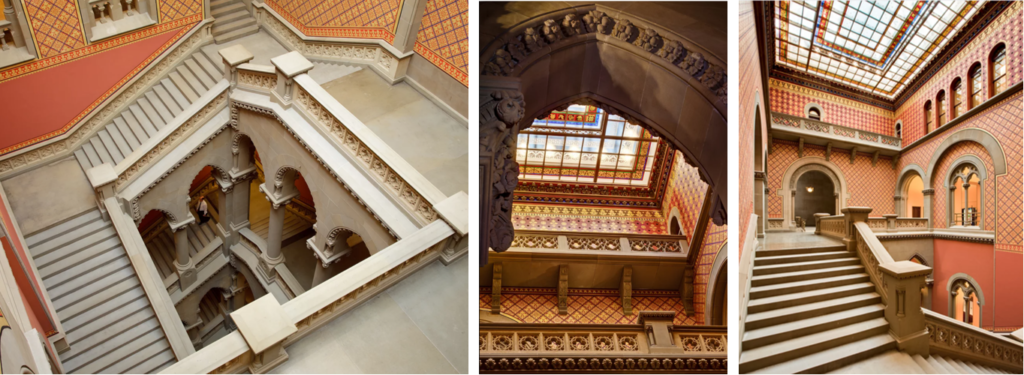
For this type of building, the common lighting method is to illuminate the details of the building through downlights to highlight the beauty of the building, but at that time we adopted a renovation plan that simulated natural lighting.
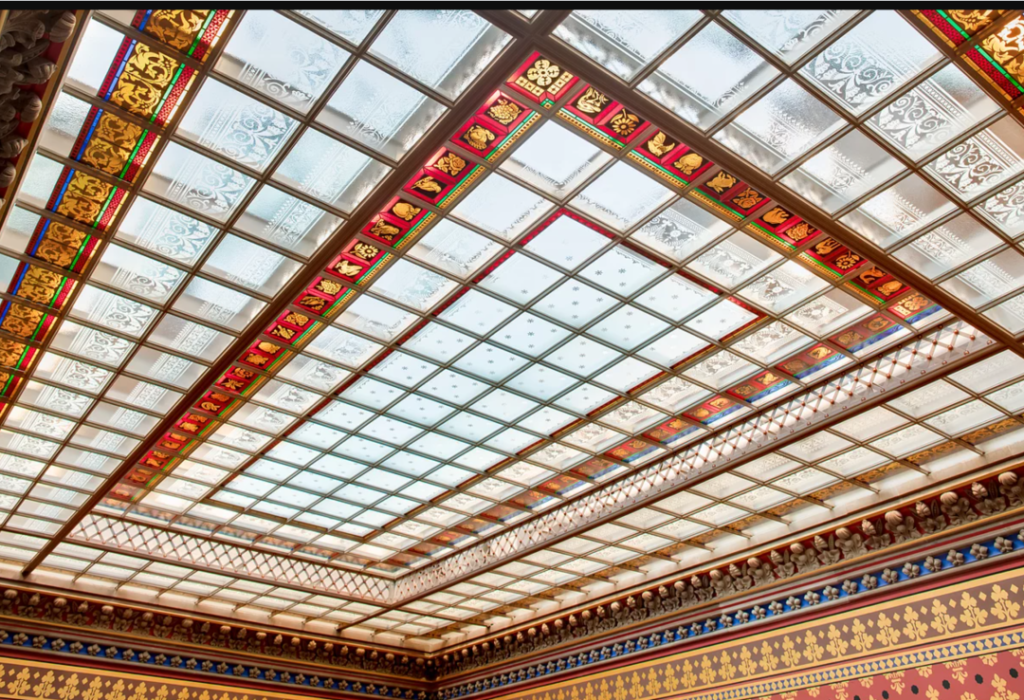
At that time, I didn’t understand why I did this, so I asked the boss at the time. He said that this is a public space because he hopes that when people pass through this space, not only do they feel beautiful and go away, he hopes to create a more open and comfortable space The space allows everyone to find a different space to stay, rest, have a cup of coffee or chat with colleagues after a long time in the office.
Therefore, at this time, natural lighting is more thought-provoking than using downlights or spotlights to illuminate the details of the building.
Consider the user’s psychology and emotions
Another project is also the work of the DGA. This is the underpass of a viaduct in Flushing, New York because the environment in this place is not very safe. Therefore, when DGA bosses made the lighting design of this place, they thought that the most important thing was not to satisfy the illumination for walking safety.
He also hopes to design lighting that can bring a sense of safety to pedestrians and even improve the security environment of the place. So he started to add color to the lights through aluminum color sheets before the colored light of LEDs was widely used, hoping to use colored lights to affect people’s emotions and change the way people pass through this section of the viaduct. Psychological feelings during the passage.
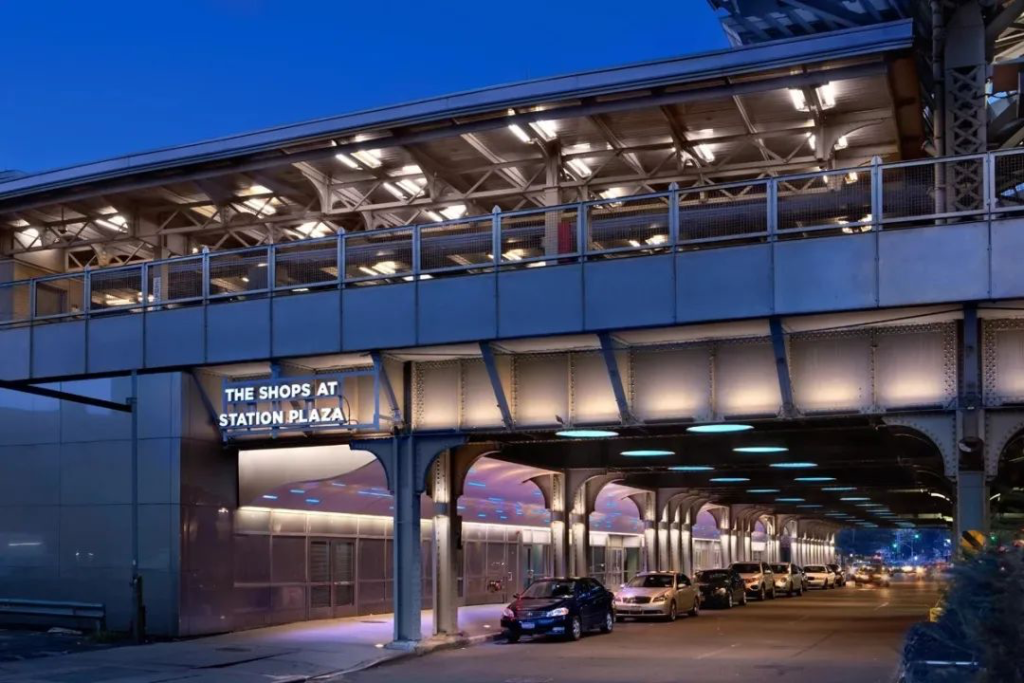
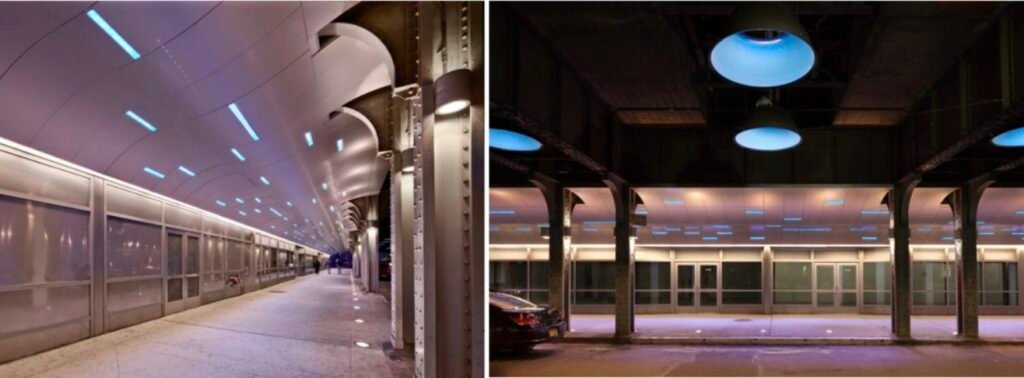
We know that art can reduce the crime rate, or those beautiful things can soften people’s emotions, so this point also reflects the thinking of a design for humans.
Combine local preferences
Airport lighting in different regions has different user preferences, and the lighting design should also be different. For example, Hong Kong Airport, which uses indirect lighting combined with ceiling modeling and light troughs, has a very good effect.
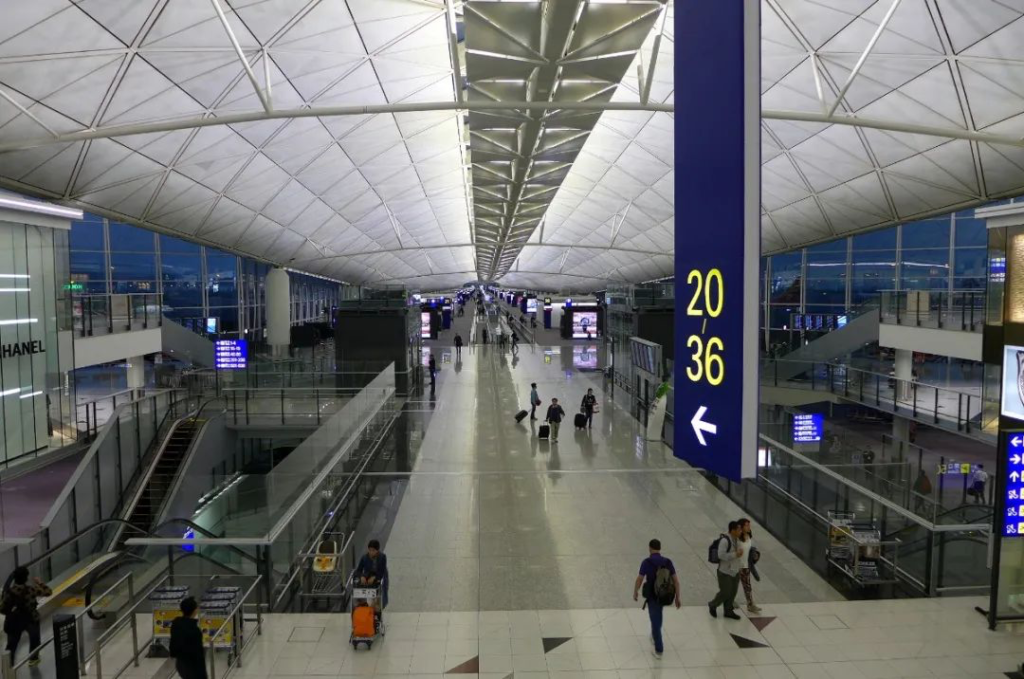
But this is very difficult to do in China’s mainland airports, why? Because the maintenance height of Hong Kong airport lights is within the range that ordinary lighting vehicles can reach, the ceilings of mainland airports are too high, 20 meters or 30 meters high at every turn. It is difficult to maintain, and it is impossible to arrange so many horse paths for maintenance. Therefore, our airport cannot meet the requirements of such a good ceiling aesthetic.
Many foreign airport lighting designs will also combine the preferences of their own countries and nations for colors, such as Madrid Airport, which not only captures the characteristics of the building itself but also takes into account the Spanish people’s preference for colors with warm color temperature. Another example is Kansai Airport, which is a typical Japanese practice, that likes high illumination and color temperature.
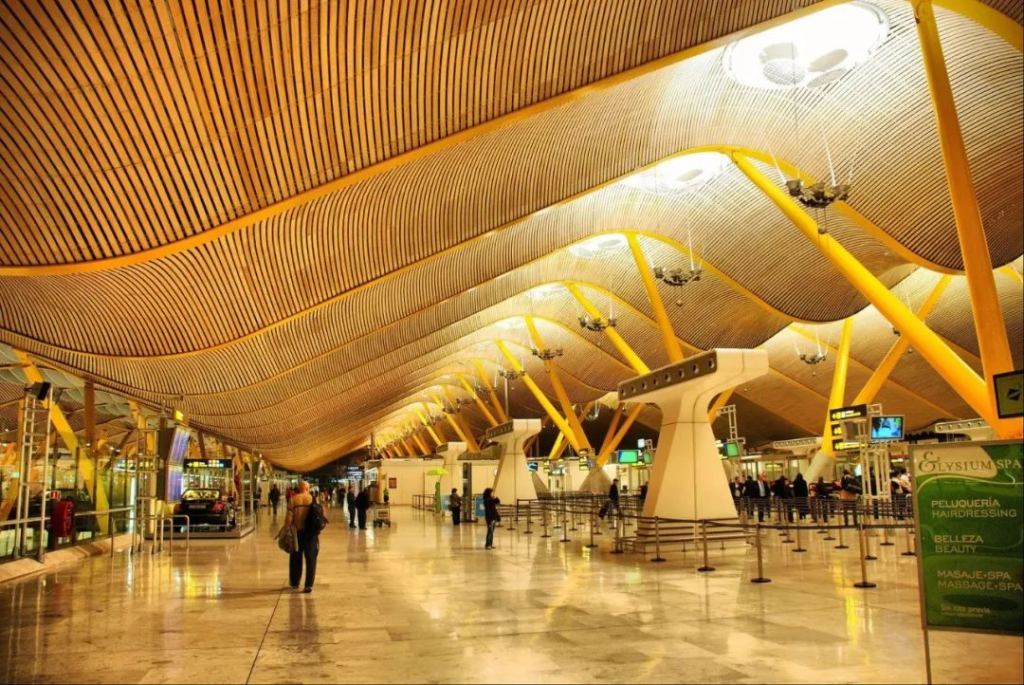

Consider the user’s spiritual pursuit
I especially like the San Francisco airport, because the Art Commission in San Francisco has done more than 80 different works of art throughout the airport to allow people to wait in a relaxed and pleasant state, combined with local museums. In such a space, you can put down your mobile phone and devote yourself to admiring the artwork. At the same time, you will feel that waiting for the plane at the airport can also be a very relaxing and comfortable process.
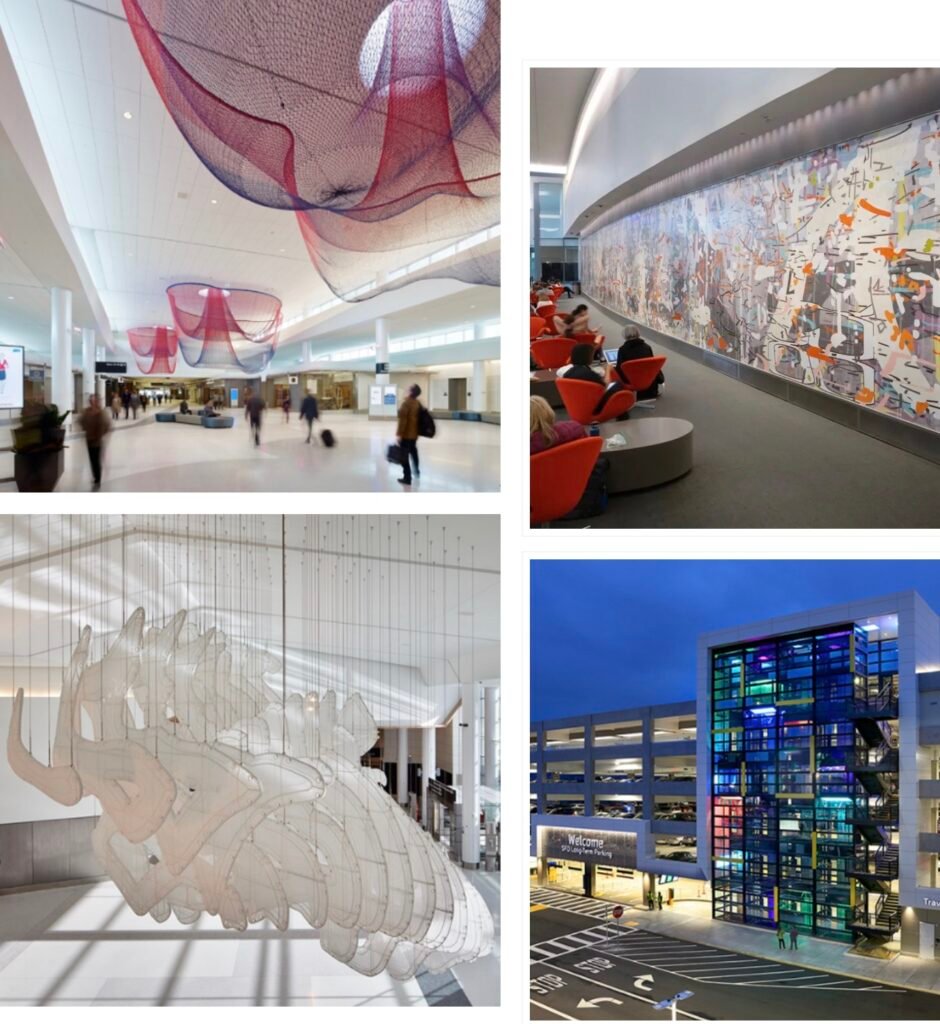
But this kind of spiritual pursuit has never been seen in our airports in China. What everyone sees the most are just electronic screens. Most of the current airports in China will only keep adding multimedia screens, TV screens, TVs, or those that are very complicated. The lighting art, but these will only make you more anxious and disgusted the more you look at the constant explosion of information.

Fortunately, the airport lighting in China has also been improving in recent years. We began to think back and think that everyone needs more comfortable airport lighting. At the same time, there are more and more commercial scenes in our airports, and we also need to consider the needs of people. For example, Guangzhou Baiyun Airport takes into account people’s comfort and adopts floodlighting, and its floodlight can change color, which can adjust people’s emotions to a certain extent.
The Ningbo Airport designed by GLD has also adopted the floodlighting method. Only downlights are left in the places where the ceiling lighting and skylights can be repaired, and all others use floodlighting.
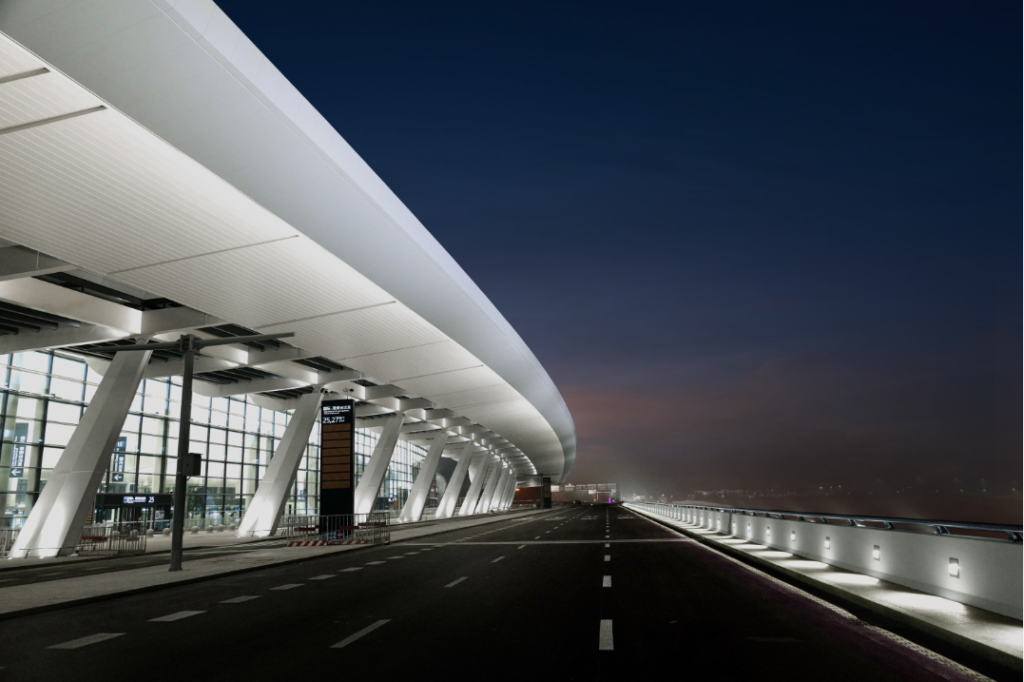
Although the ground looks dark, it has an illuminance of more than 200 lx, because the ground is covered with white floor tiles, which have high reflectivity. As long as the ceiling is bright, the ground will not be too dark. In the waiting area, indirect lighting is also used. There will be no glare when you use your mobile phone here, which is very comfortable.
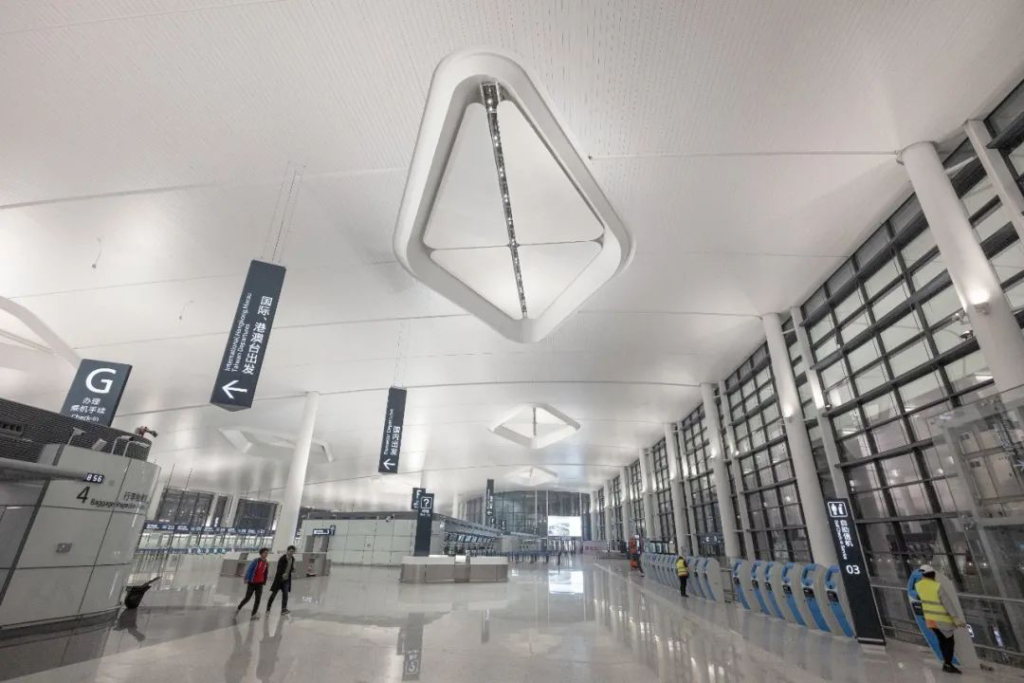
Downlights are not ideal for convention centers
Another project designed by GLD, Xi’an High-tech Conference Center, is different from many other conference centers in that we use linear light and surface light the most in this place. For example, the main lighting in the hall is the wall washer lighting and ceiling floodlighting. Although downlights are still installed on the ceiling, it is not as dense as other conference centers, and the spacing is very large.
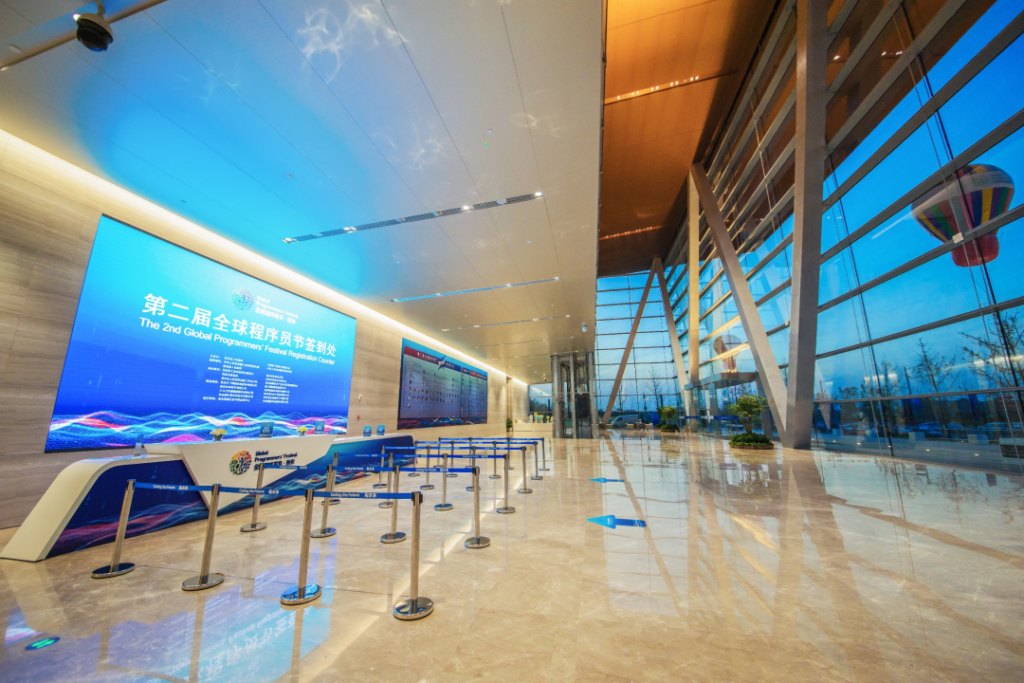
We also did not use downlights in several different conference halls, because downlights are not only prone to glare but also give people a sense of comfort and communication. Therefore, we abandoned the downlights and used indirect lighting entirely. Some lights are even completely hidden in the structure.
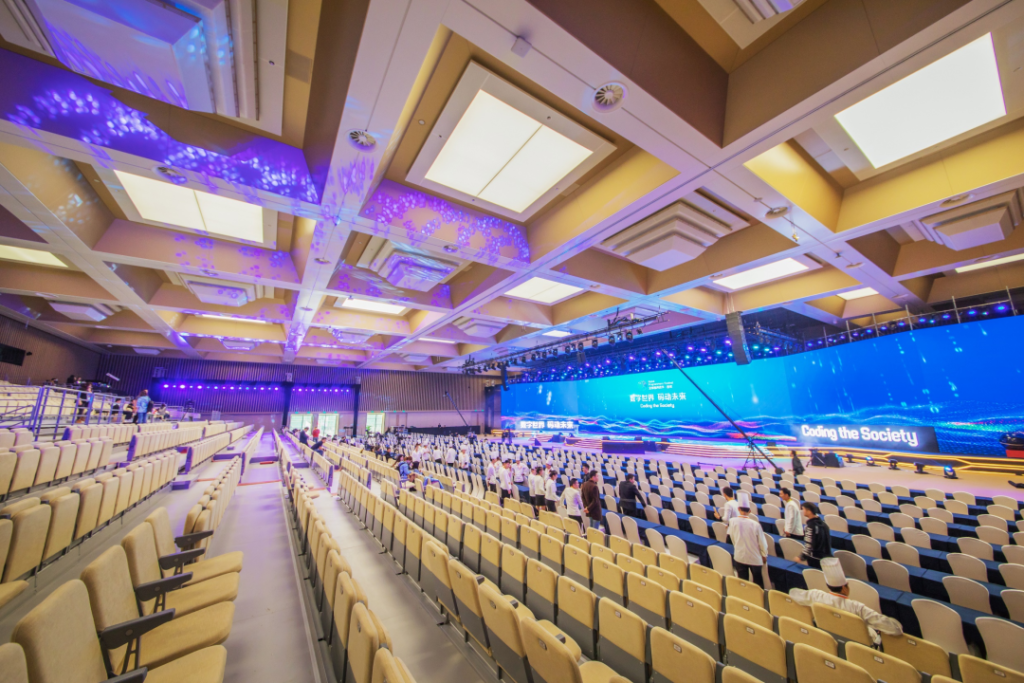
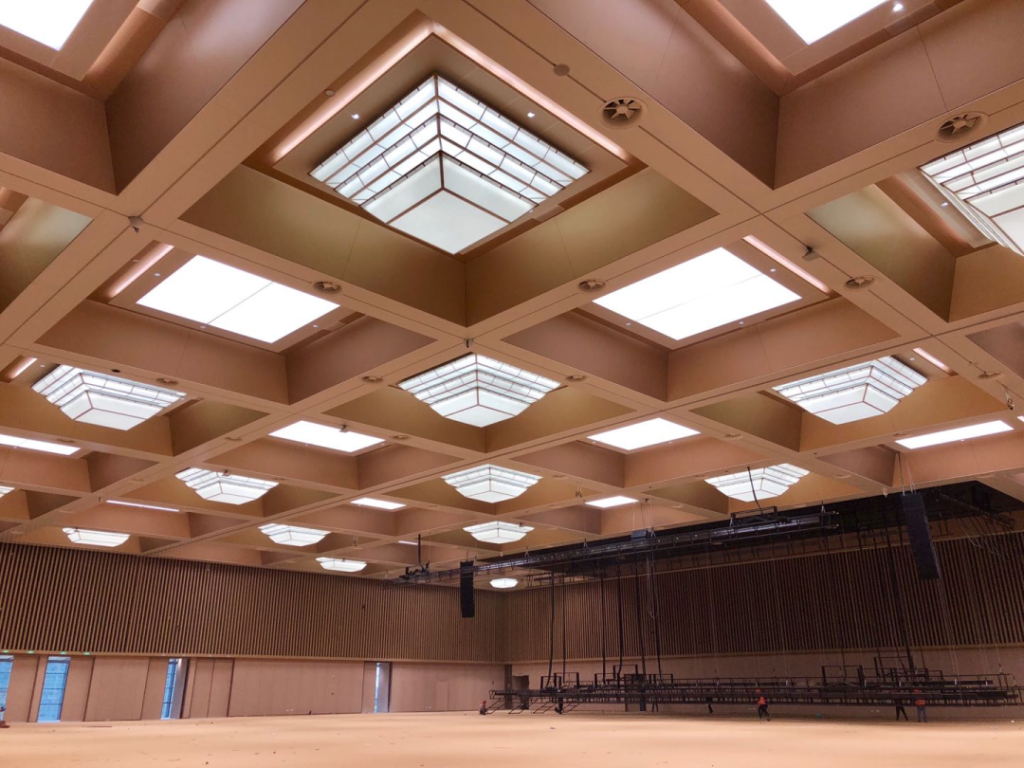
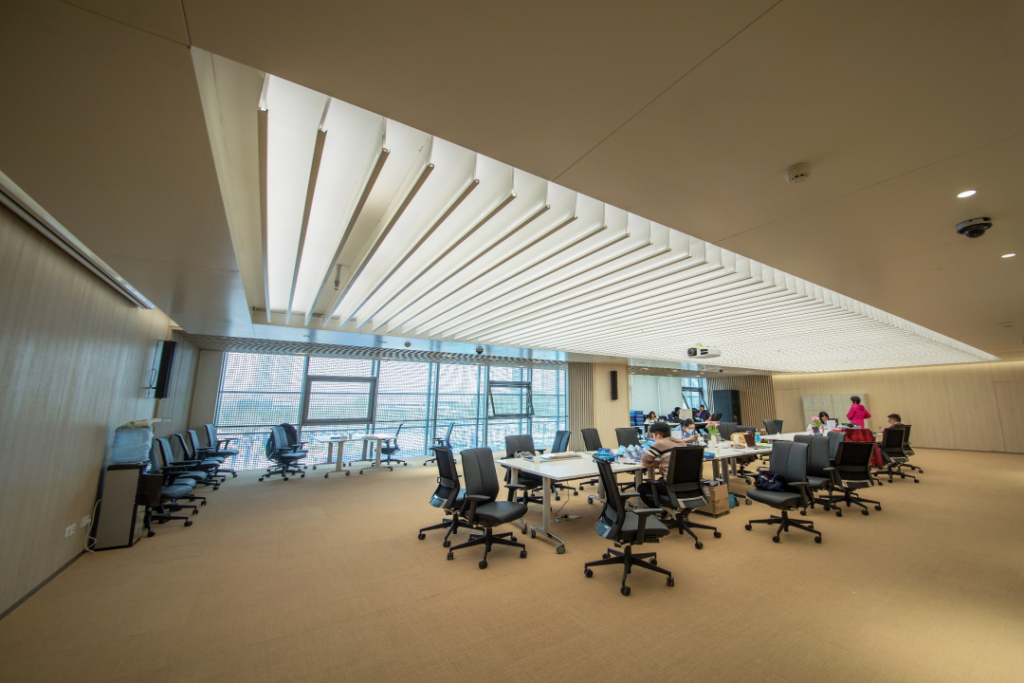
Commercial lighting practices also apply to public buildings
Let’s take a look at the comparison of domestic and foreign stations. The top picture below is a high-speed rail station in China, and the bottom two are from left to right at the New York World Trade Center Transportation Hub Station and London King’s Cross Station.
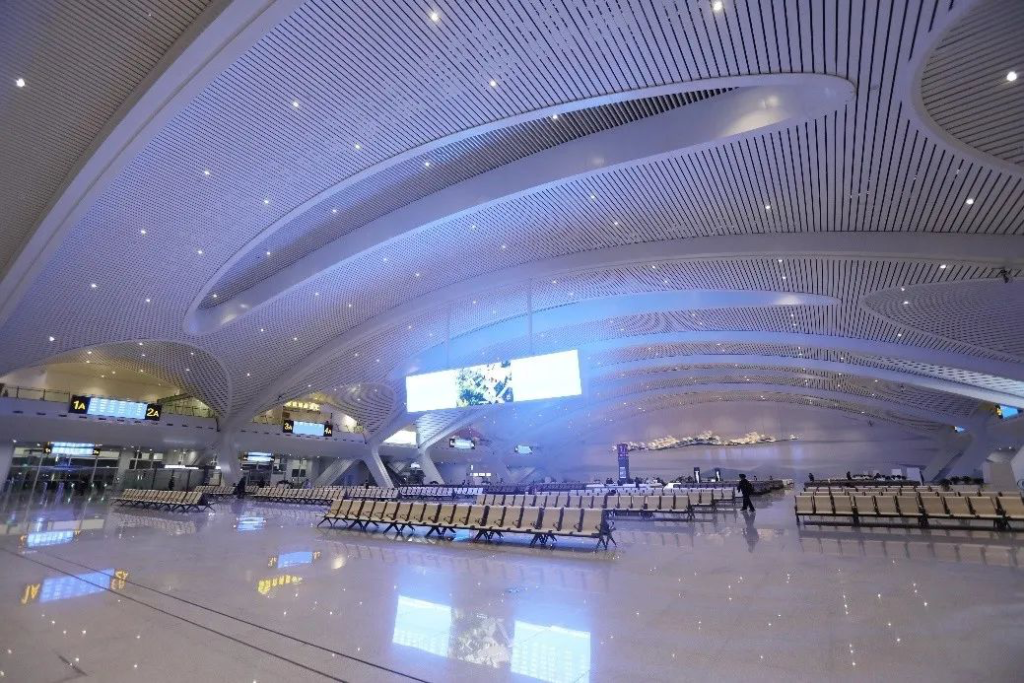
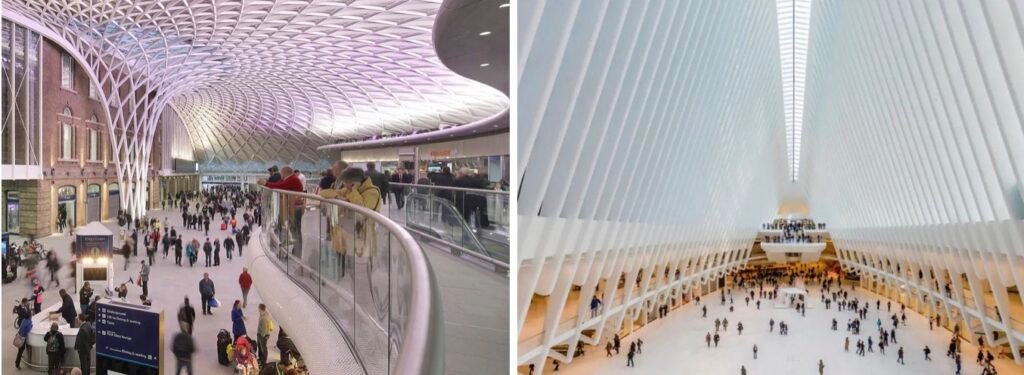
We can feel the difference between the three light environments. Most of China’s high-speed railway stations are only illuminated by downlights. It doesn’t care what you need to accomplish in this space, and the display screen will be particularly bright. It only considers came the need for advertising without taking into account what effect it would have on people in public buildings.
Therefore, when we are building Yancheng High-speed Railway Station, we hope that when you stop at Yancheng Station, you can feel the beauty of Yancheng High-speed Railway Station, instead of just illuminating the ground with downlights. So not only did we make a lot of skylights for indirect lighting, but we also spent a lot of effort to persuade the Ministry of Railways to do facade lighting, because although facade lighting is a very common method in commercial spaces, it is very difficult to use in high-speed rail stations. is useless.
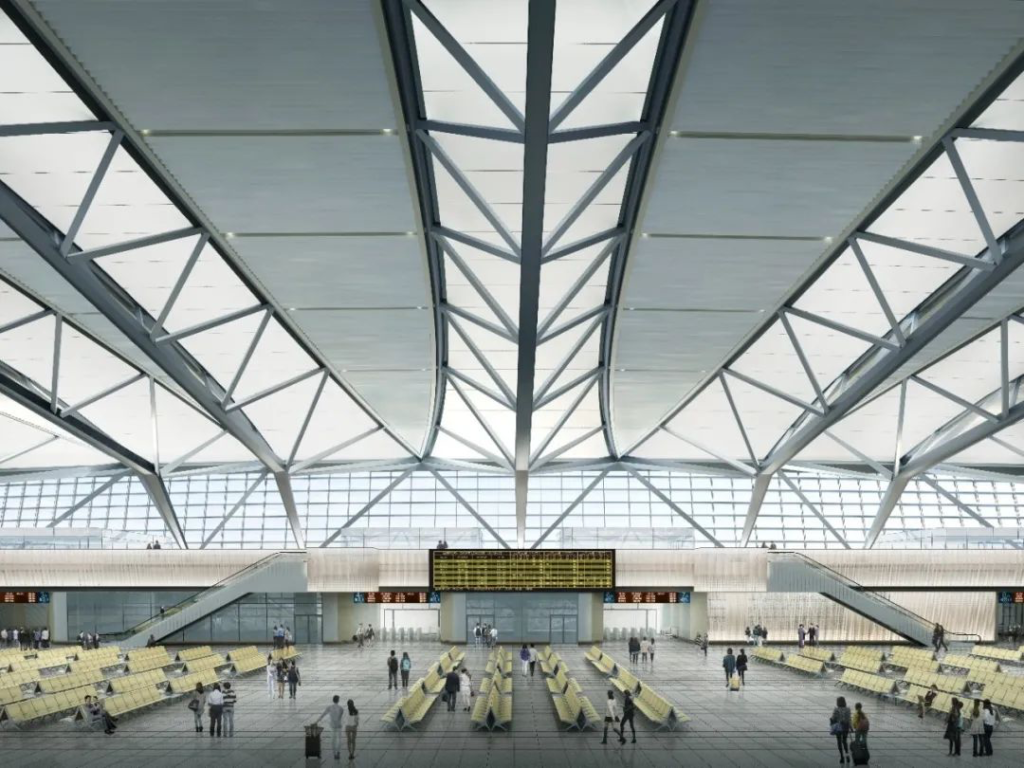
In short, although every step you take in the field of public buildings is difficult, as long as you work hard and persevere, you can still do well.
Use design to guide people’s behavior
The active performance of the design plays a very important role in guiding people’s behavior. For example, in our Suzhou Bell Bookstore, the overall lighting planning is very clear: first of all, the entire ceiling uses indirect lighting to make the entire space look spacious and bright; The second is to put accent lighting on the cashier area and façade lighting.
In the book reading space, we deliberately made the lighting in the step area very dark. The purpose is to prohibit everyone from sitting on this step to read books, and to encourage them to go to the reading area next to them and the “one person’s reading corner” at the corner to read. , so we only added downlights to these two places, and the facade lighting only needs to ensure that people can see the spine of the book clearly and choose the book they want to buy.
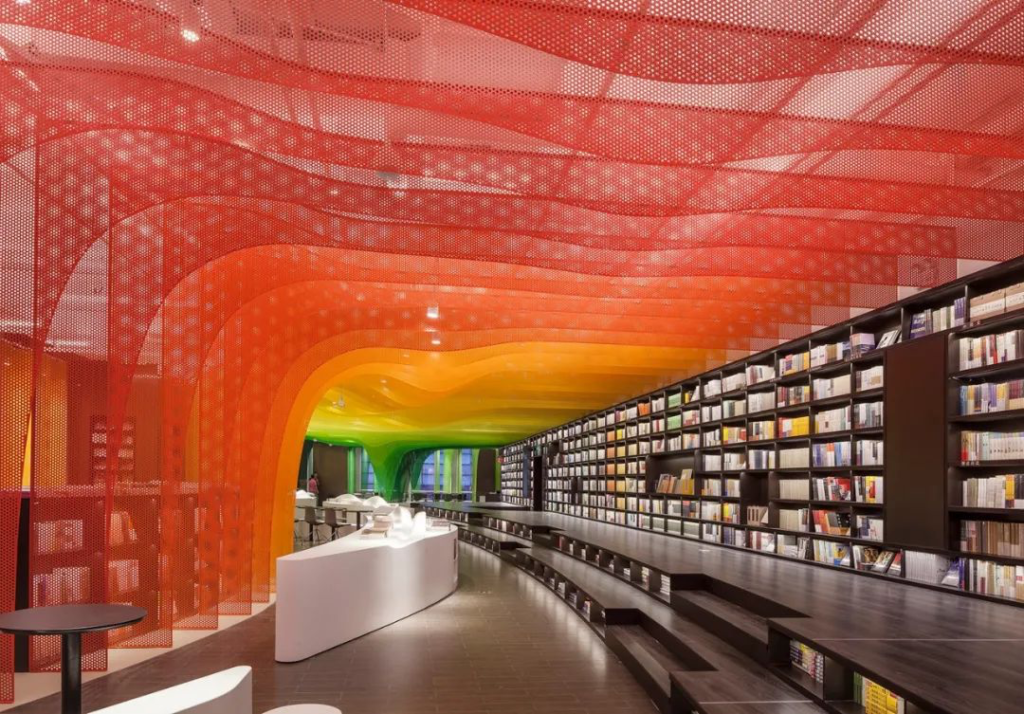


The above is what I share today, I hope it can attract everyone’s attention and think more about it when designing architectural lighting for public buildings.


